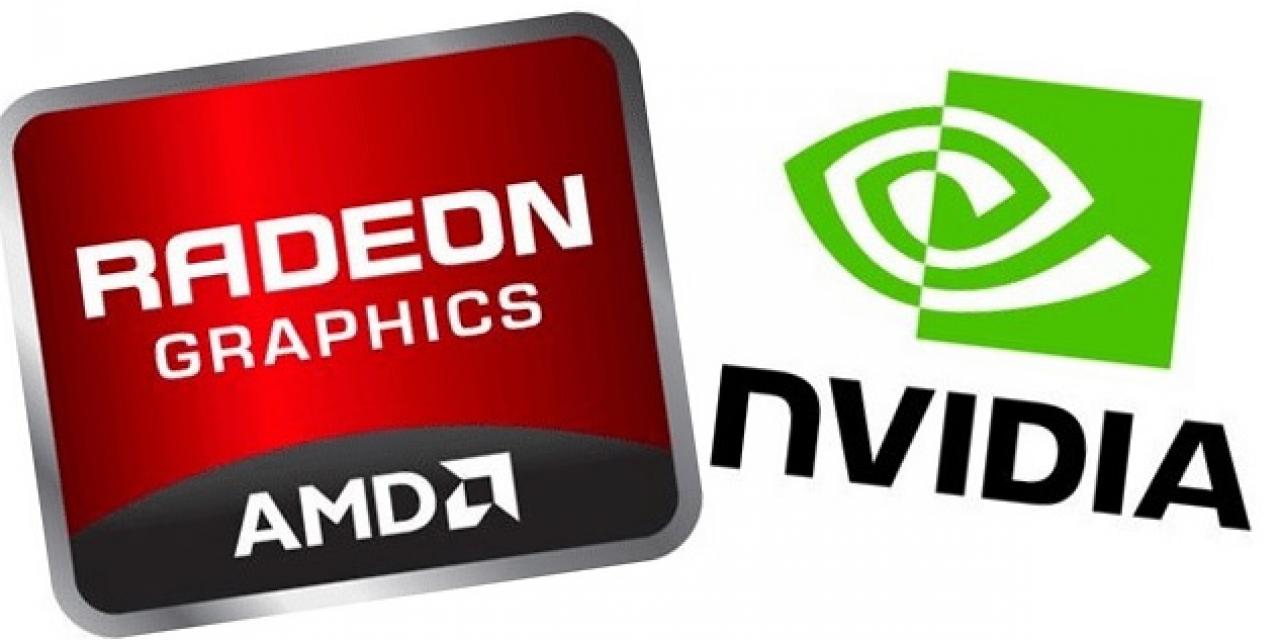
2016 was a big year for both Nvidia and AMD. The former released GPUs of absolutely ungodly power and continues its push into new markets like automotive and distributed, accelerated computing. AMD managed to finagle its way into the new versions of current-gen consoles, as well as having a reasonably successful launch of its newly aggressive desktop Polaris line up.
So as the year draws to a close, How are these two behemoths of the graphics industry really doing? Is that status quo maintained? What can we expect in the year to come? Let's take a look.
Both AMD and Nvidia released new graphics card line ups this year, but it's clear from the outset that they had different aims. Nvidia maintained its position as the undisputed graphics performance king with the GTX 1080 and Titan X, which together offer more power than anything AMD has available. However, that's not to say that AMD didn't corner its own section of the market.
Taking its traditional bang/buck ratio and wrestling a few more frames per second out of it at an even lower price tag, it introduced the $200 > RX generation of Polaris cards, which offered as much power as its last-gen 3XX parts, but for much, much less. The idea was to get more people up to spec for virtual reality, which it did. Polaris cards sold well, though not as well as AMD might have hoped.
AMD managed to grow its revenue year on year by 11 percent thanks to the strength of Polaris, but that wasn't enough for its GPU division to turn a profit (thanks Fool). In comparison, Nvidia's revenue grew 54 percent, which puts it in a far better position as we head towards 2017.
Clearly Pascal was a smash hit, where Polaris was a spirited effort, but not enough to turn the tide.
This is likely because the graphics card industry has always maintained this strange balance of offering bang for buck in the mid-range, where people can actually afford the cards, while having a powerful top end solution to draw in the crowds and impress the punters.
In terms of public perception at least, AMD has done a little better this year. It's been much more regular with its driver releases – always a complaint from fans in the past – and it has kept its prices competitive at the low end. Nvidia has introduced a lot more competition there lately with the 1050Ti and aggressive pricing of its own, but AMD still has a decent foothold.
What we may need to wait for now is early 2017 where AMD's Vega is expected to show up. That new-generation architecture will be AMD's first truly high-end graphics card since the ill-fated Fury line up and purportedly could offer huge performance gains over what's currently available. It is said to make use of High-Bandwidth-Memory (HBM) 2, which itself is a big upgrade over HBM and GDDR5X, the latter of which is used in Nvidia's Pascal cards.
But it's not like this year was a complete right off. AMD might still be well behind Nvidia in terms of popularity and its finances may still be rather shaky, but AMD's market share this quarter has risen to as much as 30 percent, which is almost double what it was this time last year.
Where AMD is really dominating though, is in discrete graphics. Built in GPUs, on board GPUs and chips in games consoles are much more commonly AMD branded. So much so in fact that if you look at gaming as a whole, factoring in all gamers all over the world, 57 percent of them are using AMD hardware to play.
But Nvidia definitely has the desktop market. A quick look at steam's hardware survey shows us that almost five percent of all Steam users are running GTX 970s now. Although AMD does have a couple of showings in the top 20, its current flagship Polaris card, the RX 480, has only 0.3 percent, which is no where near as impressive. Nvidia's Geforce 210 has more than three times the users as that.
Ultimately, as we move forward into next year, AMD's position isn't quite as precarious as it was last year, but it's not much improved either. It will need a strong showing from Vega to recapture relevance in the desktop GPU game. If it falls flat there and Nvidia dominates again, it will be interesting to see what AMD does. It still makes plenty of money in the on board GPU game and in providing graphics hardware for consoles, but if it can't make a return on investment in desktop cards, can it continue to invest as heavily in developing that lower-end gaming hardware?
